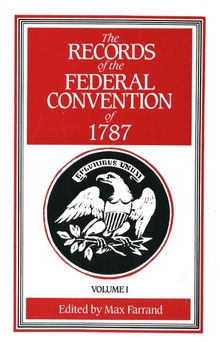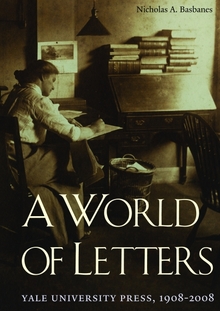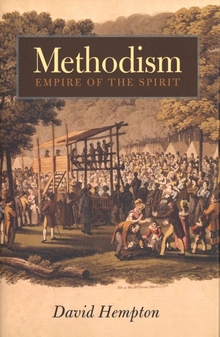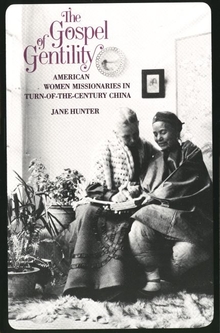The Censored War
WARNING
You are viewing an older version of the Yalebooks website. Please visit out new website with more updated information and a better user experience: https://www.yalebooks.com
American Visual Experience During World War Two
George Roeder, Jr.
Examining news photographs, movies, newsreels, posters, and advertisements, Roeder explores the different ways that civilian and military leaders used visual imagery to control the nation's perception of the war and to understate the war's complexities. He reveals how image makers tried to give minorities a sense of equal participation in the war while not alarming others who clung to the traditions of separate races, classes, and gender roles. He argues that the most pervasive feature of wartime visual imagery was its polarized depiction of the world as good or bad, and he discusses individuals—Margaret Bourke-White, Bill Mauldin, Elmer Davis, and others—who fought against these limitations. He shows that the polarized ways of viewing encouraged by World War II influenced American responses to political issues for decades to follow, particularly in the simplistic way that the Vietnam War was depicted by both official and antiwar forces.
"George Roeder's powerful work illuminates the behind-the-scenes decisions that shaped most Americans' visual perceptions of World War II. The Censored War reveals the techniques by which the Roosevelt administration and a complaisant media controlled and sanitized homefront perceptions of this terrible and bloody conflict. Roeder deepens our understanding of the processes by which the modern state builds support for its policies."—Paul Boyer, Merle Curti Professor of History, University of Wisconsin-Madison
"Roeder displays a perceptive eye and a shrewd political sense. His striking visual images and documentary evidence will change the way we see World War II. This book will be an important addition to the literature of this war and to the emerging literature on the intersection of politics and photography."—Clayton Koppes, Oberlin College
"George Roeder shows how America's visual understanding of modern war has been shaped and sculpted by an elaborate and politicized process—about which the verbal record is as fascinating as the pictures themselves. More than that, he shows how much our understanding of war is essentially visual, and curiously warped for being so. Roeder not only makes that case compellingly, but tells the story in a fashion that's as vivid for the general reader as for the concerned scholar."—Michael S. Sherry, author of The Rise of American Air Power:The Creation of Armageddon
"Roeder . . . explores most aspects of the government's policies on visual images and the consequences of those actions, especially concerning the Vietnam War."—Library Journal
"These pictures, now printed, show us something we did not see out our front windows . . . or anywhere else, until now. The message is just as strong 50 years later."—Anne Keegan, Chicago Tribune
"A fresh approach to the social history of WW II propaganda. . . . The book is graced with an arrangement of analytic chapters alternated with 'visual essays' of censored photographs, posters, and movies. More important, the book is unique in its firm handling of material that might have been treated too tentatively."—Choice
"Well-researched and well-written, this is an important book for the general reader as well as the scholar."—Virginia Quarterly Review
"The book is designed to capture the attention, with each of the four main chapters followed by a 'visual essay' that interweaves official propaganda, advertisements, and censored pictures with extended captions that provide the context. The whole is a tremendous resource for those interested in the relation between the state and the media, their mutual involvement in producing a consensus, and in points of resistance to 'bright, shining lies'."—John Taylor, History of Photography
Publication Date: February 22, 1995
91 b/w illus.








